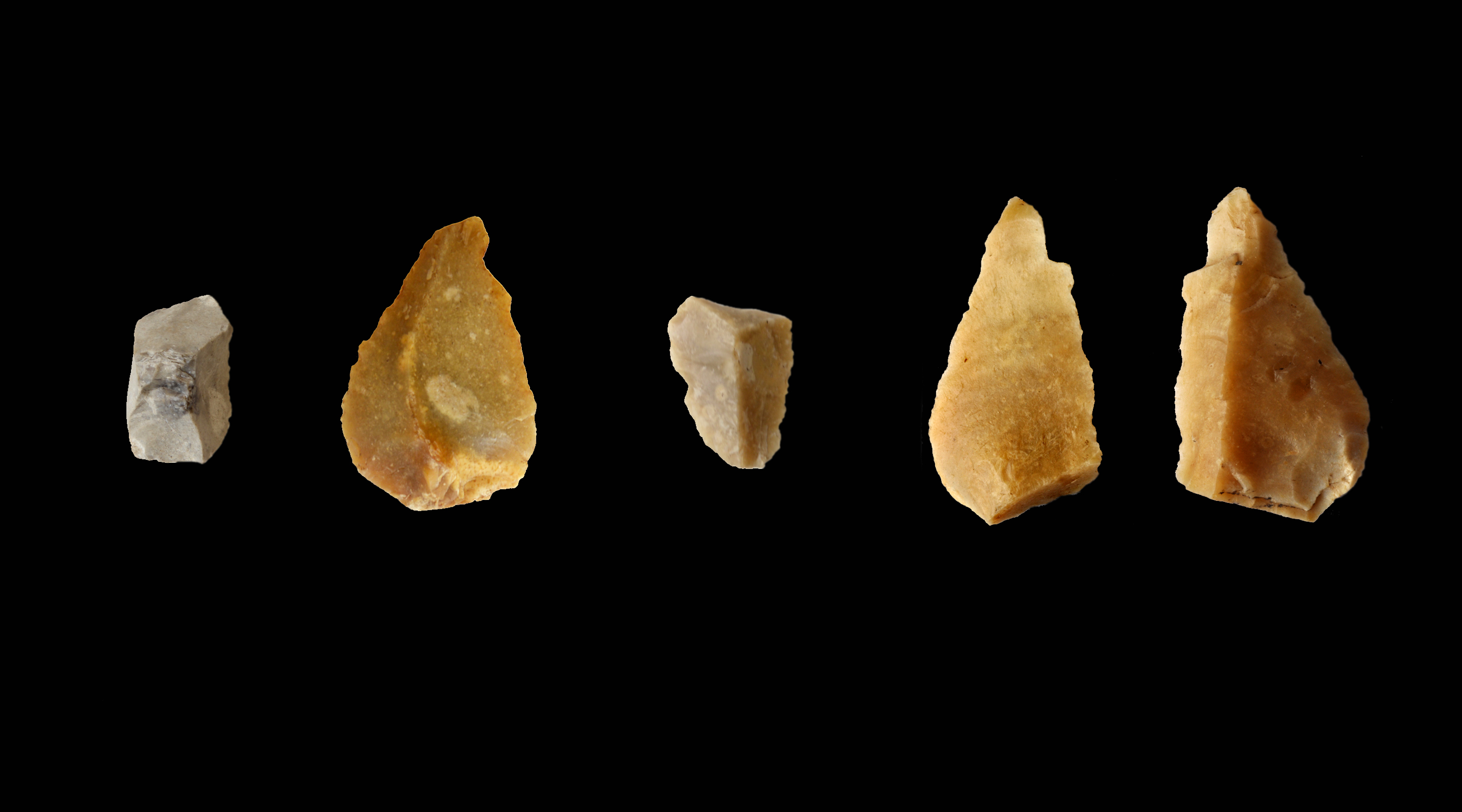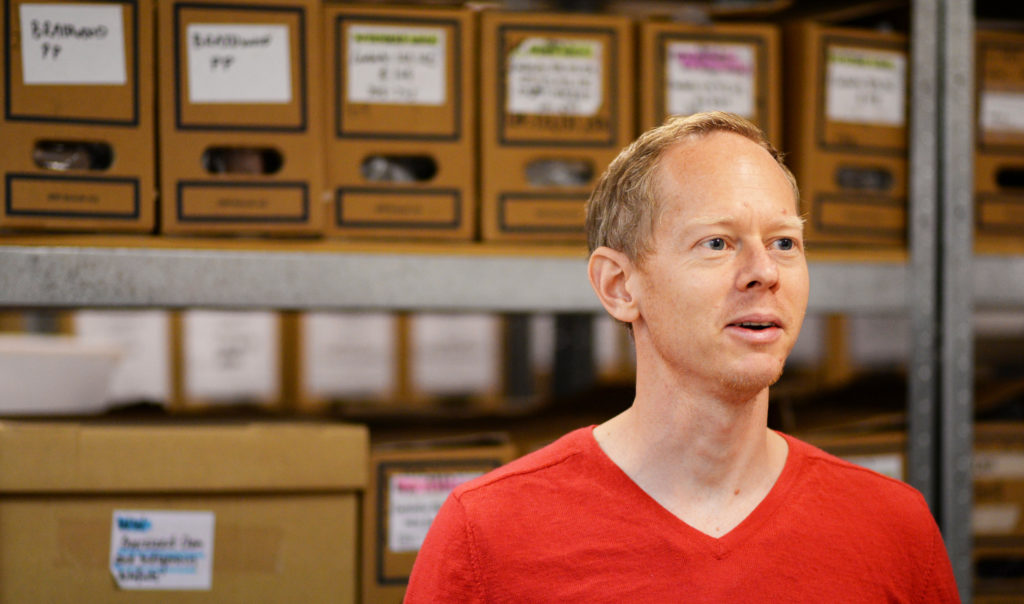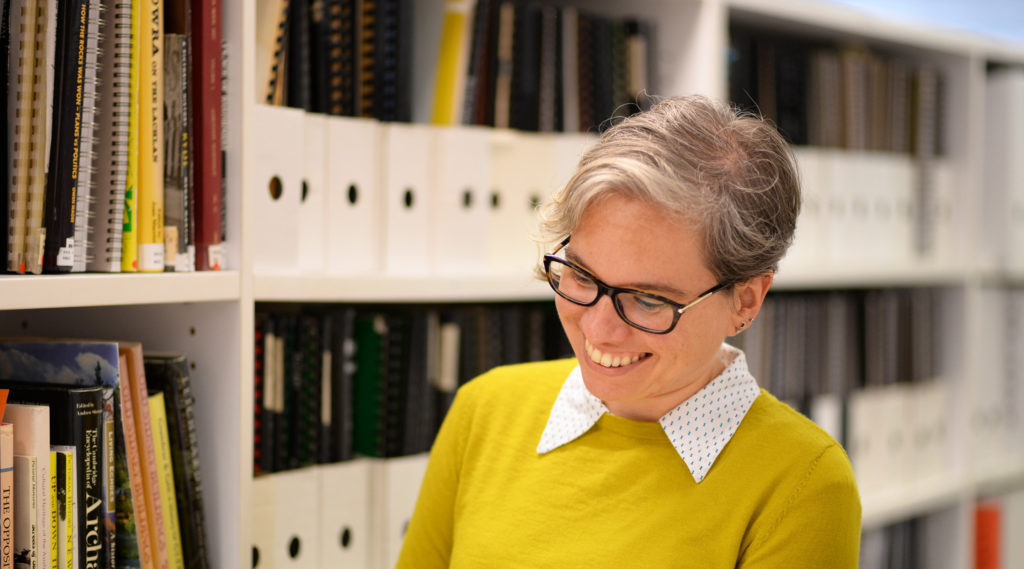
Uncovering New Links Between Sydney’s Aboriginal People and Early Colonial Settlers
Archaeology has shed new light on the historical experience and the exchanges between Sydney’s Aboriginal people and British colonists in the late 1700s. At the Randwick Stabling Yard, construction for Sydney light rail revealed stone material with an unexpected origin.
What was discovered?
Many of the stone items recovered at Randwick were made of ‘flint’, a type of rock, not found in Sydney.
Using pXRF analysis, GML archaeologists showed that a likely origin of this type of flint was the tidal banks of London’s River Thames. This was where convict transport ships were outfitted for the long voyage to the colony. Sourced by the British, flint was included with other stone and transported to Sydney as ballast in the ship’s bilge. On arrival in Australia, ballast was likely dumped at an unknown location.
Though ships transported the flint to Sydney and convicts may have laboured to unload it, they weren’t the only ones to work it. At the Stabling Yard, some of this recovered flint material showed that it had been reworked for tools according to traditional Aboriginal methods.
Following offloading, Sydney’s Aboriginal people procured a small amount of the flint. As unfamiliar as this type of raw material may have been, they would have recognised it instantly as a workable stone. Perhaps this sparked curiosity—certainly some reworking. The local Aboriginal people transformed this material of European origin into stone tools of their own.

Sydney Light Rail stabling yard—A example of a complete flake made from the waxy lustrous flint material. This is an example of the imported flint material, with evidence for Aboriginal manufacture which has been heavily damaged by post depositional agents. The flake has a defined bulb and gentle ripples identified along the ventral surface; one battered exterior platform edge could constitute a negative flake scar. The other surface landmarks are consistent with actions arising from the post depositional taphonomy of the Randwick site. (Source: GML Heritage 2018)

Sydney Light Rail stabling yard—A example of a complete flake made from the waxy lustrous flint material with possible retouch. There is a defined bulb of percussion with gentle ripples along the ventral surface. One battered exterior platform edge could constitute a negative flake scar. (Source: GML Heritage 2018)
Are there other examples?
What’s more, this recent discovery is not the only example of the worked non-local flint material within Sydney’s archaeological record. The flint appears to have been moved by Aboriginal people through the new colony, appearing as a kind of ‘marker’ of their presence within some early historical archaeological contexts.
For instance, during historical archaeological excavations in the 1980s–1990s on the site of the first Government House—the location of the present-day Museum of Sydney—26 Aboriginal artefacts were among the 130,000 or so objects recovered. These included traditional stone tools, modified glass items and, importantly, tools made from the imported (non-local) flint.

First Government House (#9186)—A flaked flint artefact, possibly a scraper with a fibrous residue. The nature of blade scars indicates it was used for wood working. (Source: GML Heritage 2017)

First Government House (#7137)—A flaked flint artefact, with possible use wear. (Source: GML Heritage 2017)
What testing was done?
At first glance, visual inspection of the newly recovered material showed a strong similarity to the first Government House artefacts, so further testing was undertaken.
Tim Owen, GML Senior Associate and Archaeologist, headed the investigation into the origin of the stone material recovered from both sites.
Using a technique called pXRF analysis, archaeologists contrasted the Sydney material—from both Randwick and the earlier first Government House excavations—against raw unworked flint from Deptford, London. This confirmed that all three materials were chemically identical.
What does this tell us?
This combined suite of evidence makes for a compelling story that adds to the narrative of Sydney’s Aboriginal past and present, bringing to light the previously unseen social and economic activities of Aboriginal people in early Sydney.
The recorded eighteenth-century history of ship outfitting in the River Thames, the movement of ballast around the globe to Sydney, the absence of this flint material within Sydney’s local geology, and the presence of the flint within very specific archaeological contexts—all provide a context for interpretation.
This new evidence for direct interaction between the original inhabitants of Sydney and the new colonists demonstrates continued Aboriginal presence in Sydney after the colony was founded. It raises interesting questions for further investigation about the complex cross-cultural relations of the early colony.
What next?
Transport for NSW and ALTRAC Light Rail continue to work closely with the Registered Aboriginal Parties for the CBD and South East Light Rail project to identify the best way to recognise and commemorate the stone items. GML is also undertaking more detailed analysis of the assemblage and post-excavation reporting on the works for this project.
The BBC has covered this fascinating story about the unexpected origin of the flint material that was found and how it was worked by Aboriginal people into stone tools.
Please note, the BBC article cites actions under the Commonwealth Aboriginal and Torres Strait Islander Heritage Protection Act. GML understands an application for ‘emergency declaration’ under Section 9 of the ATSIHP Act 1984 was unsuccessful. The Randwick Stabling Yard is currently subject to an ATSIHP Section 10 application. Notification was advertised in the Sydney Morning Herald on 18.1.2018, pp27. We understand the Commonwealth government is currently undertaking investigations, which have included their viewing and assessment of the stone items recovered from the archaeological excavation at the Randwick Stabling Yard.

